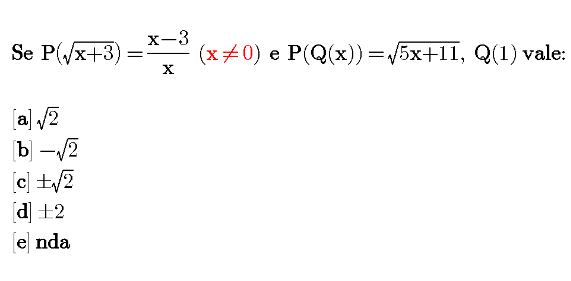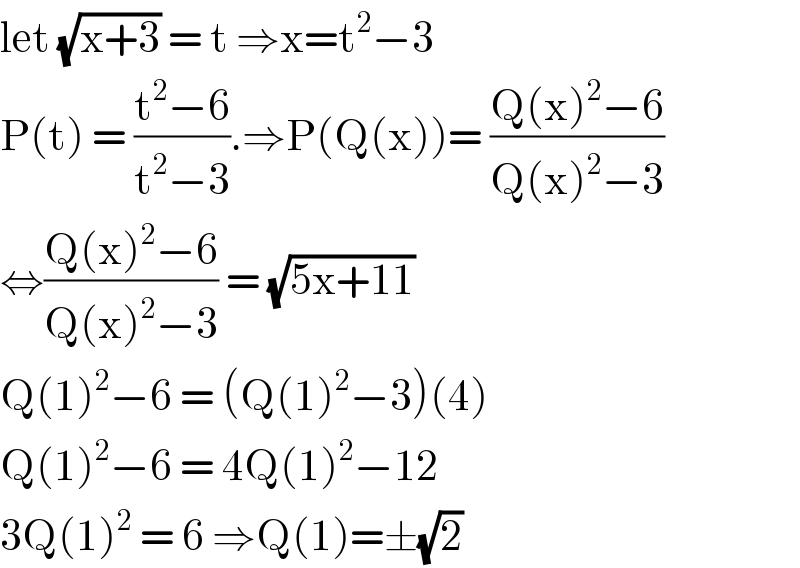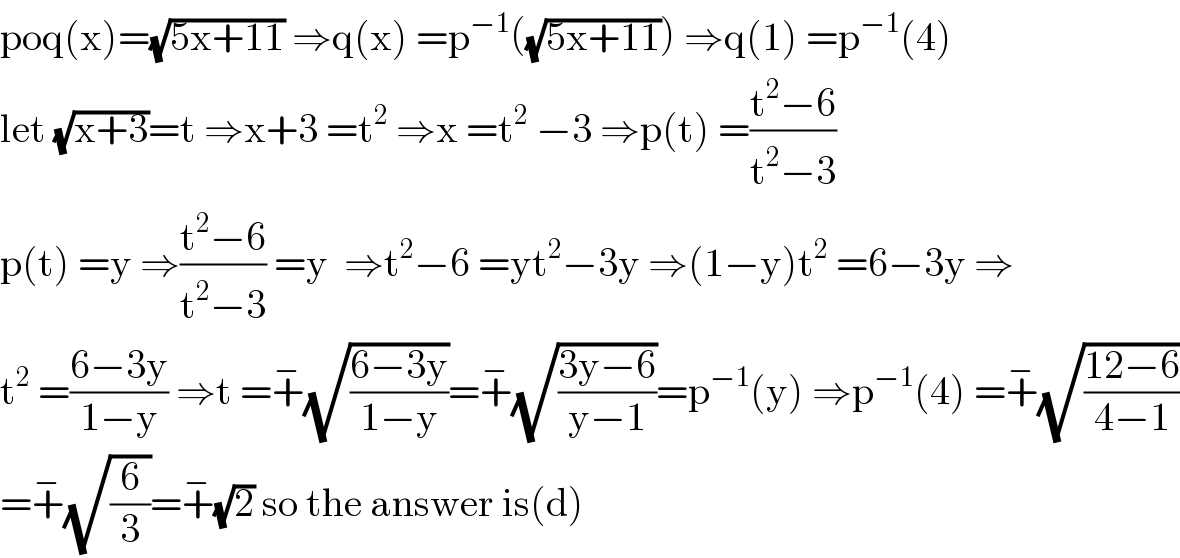
Question and Answers Forum
Question Number 97206 by O Predador last updated on 07/Jun/20

Answered by john santu last updated on 07/Jun/20

Commented by O Predador last updated on 07/Jun/20

Answered by mathmax by abdo last updated on 07/Jun/20

Commented by bobhans last updated on 07/Jun/20

Commented by mathmax by abdo last updated on 07/Jun/20

